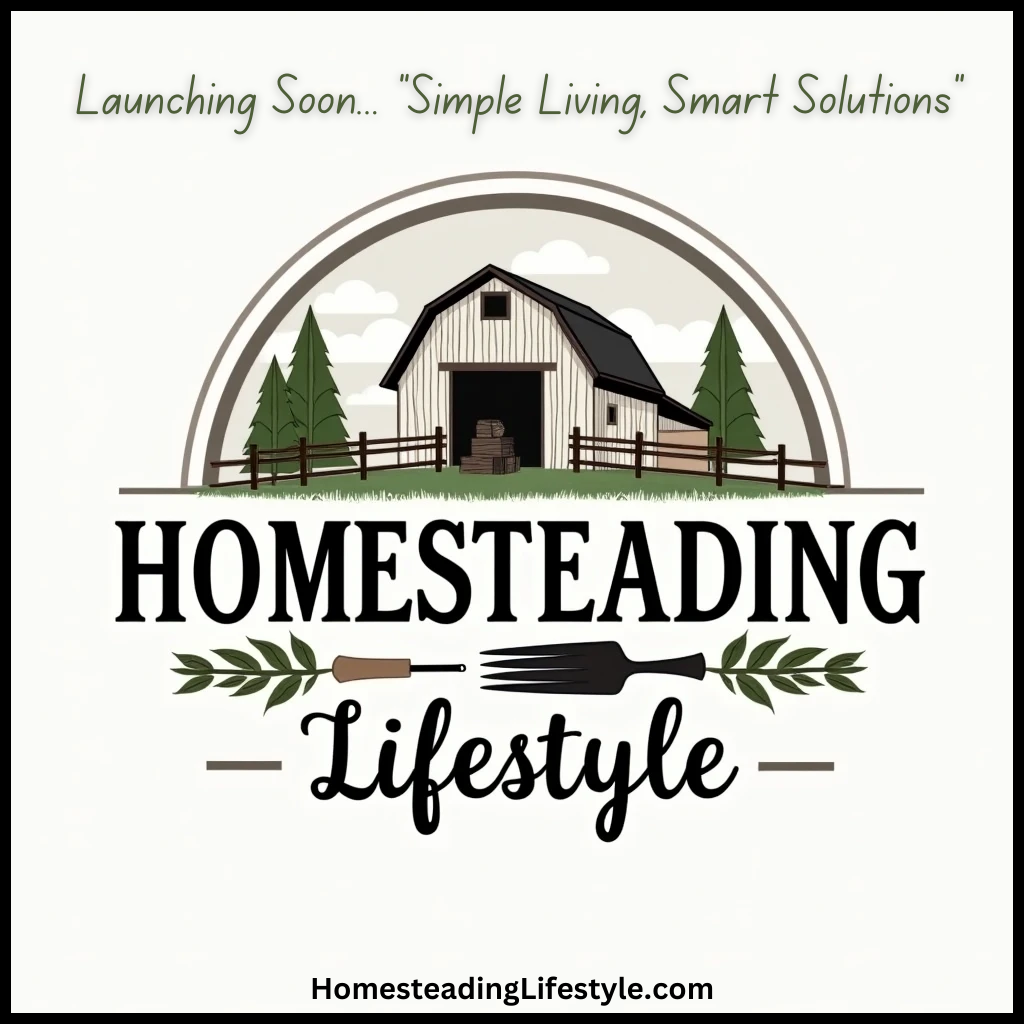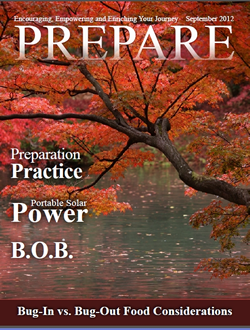Shredding and Chopping
Why Size Matters
When I first started composting, I thought I could just toss everything in my bin and let nature do its thing. Boy, was I wrong! Size really does matter when it comes to the materials you add to your compost. By shredding and chopping your kitchen scraps and garden waste, you increase the surface area, allowing microorganisms to break it down quicker. It’s like cutting a pizza into slices – easier to chew and enjoy!
Plus, smaller pieces decompose faster. This means you get that rich, dark compost sooner rather than later. If you’re working with twigs, leaves, or larger veggies, a good shredder or a pair of garden shears can be a game-changer. Trust me, your compost pile will thank you!
The best part? It’s super satisfying to see how much smaller your waste gets. It’s a win-win for you and your garden!
Tools for the Job
When it comes to shredding and chopping, having the right tools makes all the difference. I invested in a decent compost shredder that turns branches and yard waste into tiny bits in no time. It saved my back from lugging around heavy, unwieldy piles!
If you’re only dealing with kitchen scraps, a good pair of kitchen scissors or a knife can help. You don’t need to go all out with fancy equipment; just find what makes sense for your composting style.
Don’t overlook the classic approach either. Sometimes, the simple act of chopping by hand can be perfectly adequate. Plus, there’s something meditative about the repetitiveness of it that I enjoy. It’s like a little garden therapy!
Mixing Materials
After wrapping up my shredding spree, I always make sure to mix it all together. Creating a balance of greens (like vegetable scraps) and browns (like dried leaves) is crucial. This ensures that my compost pile remains aerated and that the microorganisms have both the nitrogen and carbon they need to thrive.
To keep things exciting, I like to think of my compost like a gourmet recipe. It’s all about finding the right ingredients. A dash of coffee grounds here, a sprinkle of grass clippings there, and voila – I’ve got a compost concoction that’ll make my plants sing!
Regular mixing also helps maintain proper moisture levels. If you find your compost pile too dry, add some water while mixing. If it’s too wet, toss in some dry browns. Remember, balancing these materials will lead to faster composting and a healthier garden.
Composting Techniques
Hot Composting
If you’re looking to speed things up, hot composting is where it’s at. I can’t stress enough how effective this method is if you want compost quickly, in about 4-6 weeks. The basic idea is to create the ideal conditions for microorganisms by having a well-aerated pile that stays warm.
To get started, layer a mix of green and brown materials, ensuring that you maintain a good size (about 3 feet wide and 3 feet tall). This creates enough mass to retain heat. Turn the pile regularly to keep oxygen flowing. Honestly, it’s like giving your compost a breath of fresh air!
The result? A steaming pile of compost that breaks down at lightning speed. Just remember to monitor the temperature with a compost thermometer to ensure you’re in that sweet spot of 130°F to 160°F.
Cold Composting
Perhaps you’re more of a laid-back gardener, and cold composting might be right for you. This method is way less intensive and is perfect if you want to toss in your materials without the pressure of turning or monitoring temperature. You just let it do its thing over several months – sometimes even longer.
In my experience, while it takes longer than hot composting, it requires minimal effort. It’s great for those who prefer to invest less time in the composting process while still creating something beneficial for their garden. Just pile up your organic scraps and leaves, and let Mother Nature work.
Even though it’s a slower process, you still get lovely compost that’s rich in nutrients. It’s like letting a fine wine age – patience is key, but the results are worth it!
Vermicomposting
If you haven’t tried vermicomposting yet, you’re missing out! These little worms (red wigglers are my favorite) do an amazing job of breaking down organic waste. Plus, they produce worm castings – a nutrient powerhouse for your plants.
Setting up a vermicompost bin is straightforward. You just need a container, some bedding (like shredded newspaper), and your worms. Toss in some kitchen scraps, and let the worms go to work. They’ll turn your waste into the richest soil amendment you can find.
What I love about this method is that it’s perfect for small spaces and apartment living. Even if I had a tiny balcony, I could still enjoy worm composting. It’s fun, educational for kids, and incredibly rewarding!
Monitoring Your Compost
The Aroma Check
One of the crucial aspects of successful composting is monitoring the smell. Let me tell you, you’ll quickly learn what’s a good aroma and what’s a bad one. A well-balanced compost should have a pleasant earthy scent. If it starts stinking and smells more like rotten eggs, it might mean there’s too much moisture or not enough aeration.
When I encounter a foul smell, I know it’s time to turn the pile! Aerating helps to reduce odors and speeds up the decomposition process. It’s like a remedy for a sick compost pile – fresh air works wonders!
Also, notice what other aromas are present. If you get a sweet, pleasant smell while you mix, you’re doing great. But if you detect something sour, that’s a sign to act quickly! It’s all about listening to what your compost is telling you.
Temperature Monitoring
Keeping an eye on the temperature of your compost is just as crucial. Warmth signifies that the microorganisms are hard at work. As I mentioned earlier, using a compost thermometer can help you gauge whether your pile is heating up properly.
When I first started composting, I didn’t realize how important this was! Understanding that temperatures between 130°F and 160°F indicate healthy microbial activity has changed my composting game. If it dips below that, it’s a signal to turn the pile or add more nitrogen-rich materials.
By keeping track of the temperature, you not only maintain a healthy compost pile, but you also add to your understanding of the composting process. It helps to be proactive rather than reactive, ensuring your compost is always thriving.
Moisture Levels
Finally, moisture is a vital component. I’ve learned over time that my compost shouldn’t be too wet or too dry. The ideal moisture level feels like a damp sponge. If you get squeezed and no water drips out, you’re golden!
During summer, it can get a bit dry, so I always have my watering can ready to moisten the pile if needed. Conversely, after a rain, I check to ensure it isn’t soggy. If it is, I’ll mix in some dry brown materials to balance it out.
Monitoring moisture not only helps in the decomposition process but also keeps those stubborn bad smells at bay. Building a routine around this has made my composting experience more consistent and effective, creating that black gold I love for my garden.
Using Compost in Your Garden
When to Use Your Compost
Once I have a beautiful batch of compost ready, figuring out when to use it becomes the next step. Typically, I wait until it has turned into a dark, crumbly texture, somewhat resembling rich soil. This is often a sign that it’s fully decomposed and packed with nutrients.
Timing can depend on what you’re growing, too. In the spring, I mix compost into planting holes for flowers and veggies or spread it on my garden beds as a top dressing. Trust me, it gives plants that extra zing they need to kick off the growing season!
Come fall, I like to leave it on the soil surface as a winter blanket. It protects the soil while slowly feeding beneficial organisms throughout the cold months. It’s like treating your garden to a cozy, warm bed!
How to Apply Compost
Now that I have the perfect compost ready, the way I apply it makes all the difference. When I first started, I was tempted to dump it in heaps, but I soon learned that spreading it out in a thin layer (around 1-2 inches) is far better for planting.
Using a rake or my hands, I smooth it over the soil, ensuring that it mixes in without smothering any plants. This job is relatively easy and gives me a chance to enjoy the fresh, earthy aromas!
It’s also essential to avoid applying too much compost, as this can lead to nutrient burn for sensitive plants. Keeping an eye on how much I use has always paid off in healthier growth and a more productive garden.
Benefits for Plant Health
The benefits of using compost in my garden can’t be overstated. Seriously, it’s like a multivitamin for plants! The nutrients found in compost boost overall plant growth, improve soil structure, and promote better water retention, leading to healthier roots.
I’ve noticed pest and disease resistance improving, too. Healthy plants are better equipped to fight off those pesky critters! Plus, my garden literally looks more vibrant after a good dose of compost.
And let’s not forget about the beneficial microbes. By adding compost, I’m introducing a whole host of organisms that help create a balanced and thriving soil ecosystem. It’s a natural way to keep my plants happy and healthy — and I love every minute of it!
FAQ
What materials can I compost?
You can compost a wide range of organic materials, including vegetable scraps, fruit peels, eggshells, coffee grounds, and yard waste like leaves and grass clippings. Just avoid meat, dairy, and oils as they can attract pests.
How long does it take to make compost?
The time it takes to create compost can vary greatly depending on the method you choose. Hot composting can take as little as 4-6 weeks, while cold composting may take several months to over a year. Be patient, and you’ll be rewarded!
Can I compost in an apartment?
Absolutely! You can use small compost bins or vermicomposting setups that fit in tight spaces. Many urban gardeners successfully compost even in limited areas.
What should I do if my compost pile smells bad?
If your compost pile has an unpleasant odor, it may be too wet or lack aeration. Turn your pile to introduce more oxygen and add dry materials to help balance moisture levels.
Is homemade compost better than store-bought?
Many gardeners, myself included, believe homemade compost is superior because you control what goes in it. It’s packed with nutrients specific to your garden’s needs and is an eco-friendly solution for recycling organic waste!





